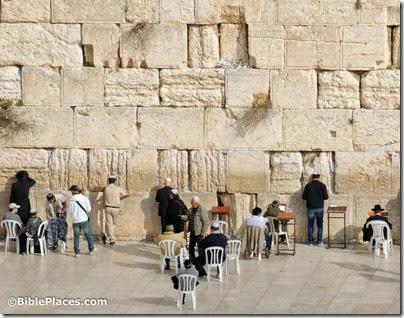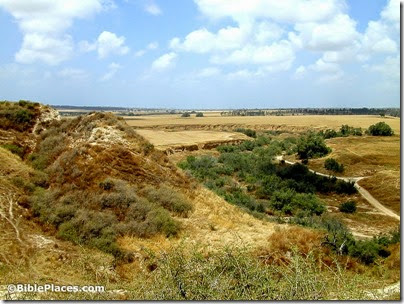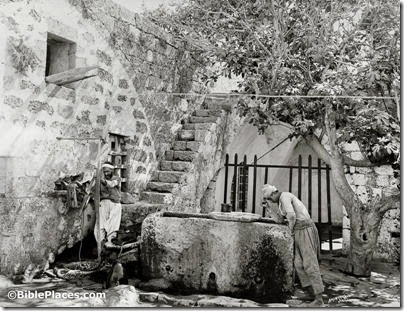From the New York Times:
Archaeologists around the world, who have long relied on the classic tools of their profession, like the trowel and the plumb bob, are now turning to the modern technology of drones to defend and explore endangered sites. And perhaps nowhere is the shift happening as swiftly as in Peru, where Dr. Castillo has created a drone air force to map, monitor and safeguard his country’s ancient treasures. Drones mark “a before and after in archaeology,” said Dr. Castillo, who is also a prominent archaeologist and one of a dozen experts who will outline the use of drones at a conference in San Francisco next year. […] In the Middle East, researchers have employed them to guard against looting. “Aerial survey at the site is allowing for the identification of new looting pits and determinations of whether any of the looters’ holes had been revisited,” said Morag Kersel, an archaeologist from DePaul University in Chicago who is part of a team using drones in Jordan and Israel. […] Though his work is focused on the deep past, Dr. Castillo is fascinated by gadgets and new technology. He began experimenting with drones about two years ago, buying a $100 one from the Sharper Image. Now he has a squadron of eight, all miniature helicopters that cost about $1,500 to $20,000. He hopes to soon add 20 more. The drones, he said, “solve the first riddle of archaeology.” “Finally you can fly whenever you want to, wherever you want to, in any angle, for anything you want and get the great picture you always thought you should take,” he said.
The full story focuses mostly on the use of drones in Peru. Aren Maeir recently posted a video showing a drone in use in his excavations of the Philistine city of Gath.



